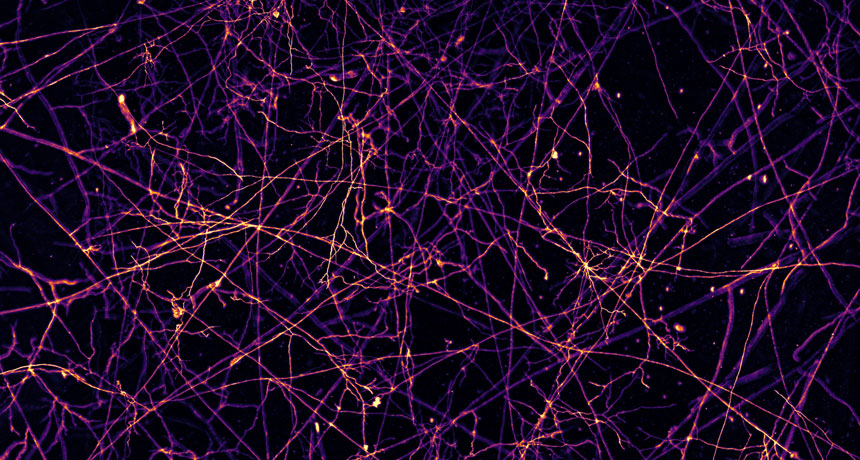
NETWORKING SKILLS Underground networks of some fungi (shown magnified and colorized) have canny trade moves when it comes to swapping phosphorus for carbon.
Victor Caldas, M.D. Whiteside et al/Current Biology 2019

NETWORKING SKILLS Underground networks of some fungi (shown magnified and colorized) have canny trade moves when it comes to swapping phosphorus for carbon.
Victor Caldas, M.D. Whiteside et al/Current Biology 2019